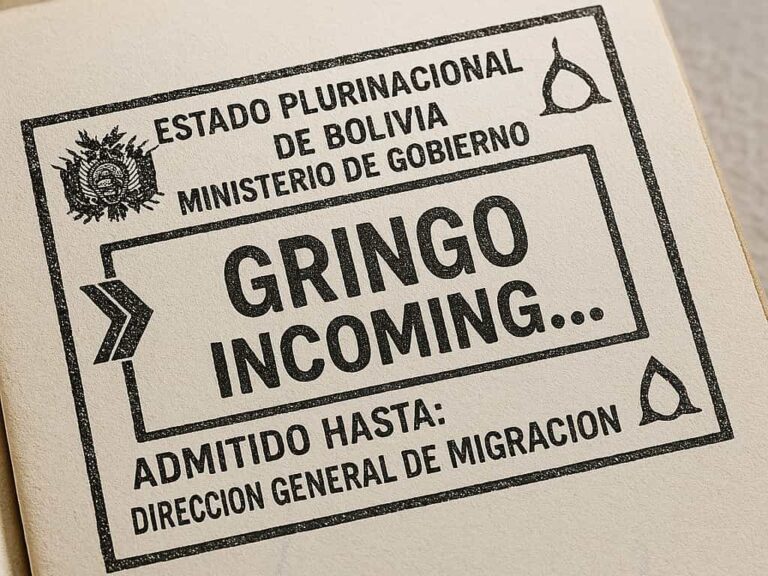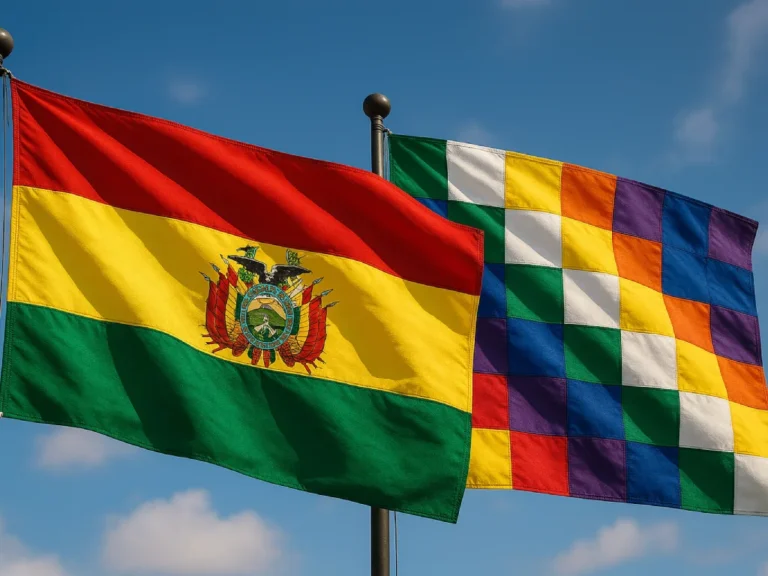What Do the Colours of the Wiphala Flag Mean?

The Wiphala flag colours might look like a psychedelic rainbow, but there’s method to the madness. Each colour has its own meaning – not random, not just rainbow vibes. The layout tells a much bigger story, rooted in Indigenous beliefs, cosmic cycles & Andean identity.
The Meaning Behind Each Colour
Here’s what each diagonal stripe in the Wiphala traditionally stands for:
- Red – The Earth, life force & Indigenous heroes
- Orange – Society & culture
- Yellow – Energy, strength & the resources of the land
- White – Time, harmony & spirituality
- Green – Nature, fertility & growth
- Blue – The cosmos & water
- Purple – Indigenous government & self-determination
The flag’s grid is always 7×7 – 49 squares in total – arranged diagonally from red in the bottom-left to violet in the top-right. That layout isn’t just for style – it reflects a balance between nature, humanity & the wider universe.
Why Do the Wiphala Colours Matter?
These colours aren’t just symbolic – they’re a visual shout of history, resistance & identity. For many Indigenous groups across the Andes, flying the Wiphala is about pride, not just politics. Spotting it during a celebration or protest shows just how deeply these meanings are woven into everyday life – from street art to stitched badges on school bags. It’s not just a flag, it’s a living reminder of survival, culture & unity across generations.
Want to Go Deeper?
This is just the surface stuff. If you want the full picture, read my guide to the Wiphala flag meaning – it’s got everything from Tiwanaku textile history to why Bolivia made it an official national flag in 2009 (hint: it wasn’t smooth sailing).
The Wiphala’s not just a symbol – it’s a shout of pride, resistance & cultural survival. And when you know what the colours mean, it hits way harder.
Seen the Wiphala flag colours in the wild? Noticed a version that’s different? Drop a comment – I’m always keen to swap stories!
Happy Travels!






